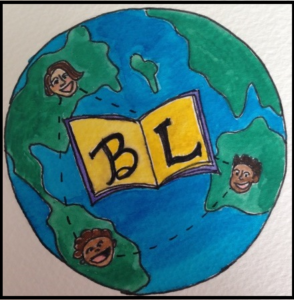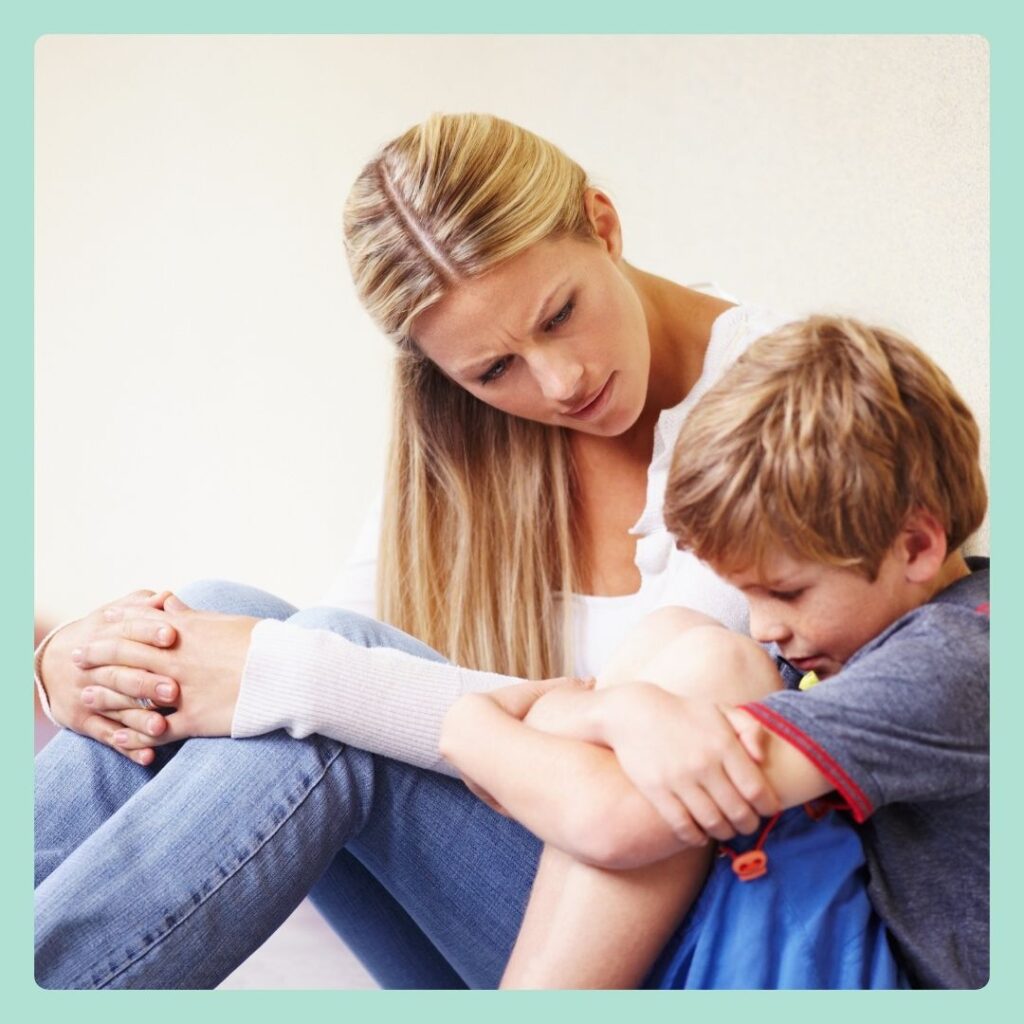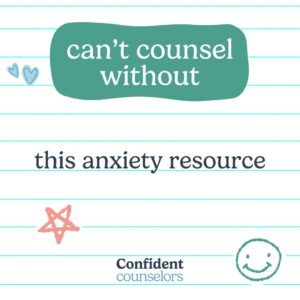 There are so many wonderful aspects of being a school counselor; however, handling student crises can be a large and emotionally draining part of the school counselor’s job. As a result, it is important to have clear and effective protocols in place to handle a student crisis. Suicide prevention is another crucial part of every school counseling program and effective prevention strategies can help a school minimize the number of student crises that occur.
There are so many wonderful aspects of being a school counselor; however, handling student crises can be a large and emotionally draining part of the school counselor’s job. As a result, it is important to have clear and effective protocols in place to handle a student crisis. Suicide prevention is another crucial part of every school counseling program and effective prevention strategies can help a school minimize the number of student crises that occur.
I feel prepared and confident with these 5 effective steps to handle a student crisis.
Three Indicators of a Student Crisis
 At my school, we have a set protocol to handle a student crisis and the first part of this protocol involves defining exactly what makes a student crisis. We follow The Association for Children’s Mental Health crisis definition which states that “a crisis situation exists any time that [the] child is no longer safe to himself or others…” We translate this into kid language by teaching students the 3 crisis indicators below. Whenever a student, parent, or staff member, comes to us with a student crisis, we drop whatever we are doing to deal with it right away.
At my school, we have a set protocol to handle a student crisis and the first part of this protocol involves defining exactly what makes a student crisis. We follow The Association for Children’s Mental Health crisis definition which states that “a crisis situation exists any time that [the] child is no longer safe to himself or others…” We translate this into kid language by teaching students the 3 crisis indicators below. Whenever a student, parent, or staff member, comes to us with a student crisis, we drop whatever we are doing to deal with it right away.
An important part of our counseling program includes training our students and staff about what constitutes a crisis and how they MUST come straight to us if they encounter one. Here is a link to my beginning of the year guidance lesson that carefully details crisis protocol to students.
The following conditions constitute a student crisis:
- Someone has or will physically hurt you (including threats)
- You have or will physically hurt someone else
- You have or will physically hurt yourself
Crisis Protocol Steps
At the Title 1 public school where I work as a school counselor, we handled over 200 student crises during last school year. So for us, as for all school counselors, having a clear set of steps to follow is a crucial part of keeping students safe while they are in crisis. Below are the basic steps to follow in any crisis situation involving a student.
- Immediately interview a student who made crisis outcry to identify crisis type and severity.
- Notify parent/guardian or child protective services and campus admin of crisis.
- Assist family or school/community personnel with crisis intervention (e.g., providing outside counseling referrals).
- Submit a crisis report to admin for documentation purposes.
- Follow-up with the student within 48 hours after crisis intervention.
 Obviously, the above steps are simplified and require a lot more details on how to handle each type of crisis differently. For that reason, I’ve included detailed crisis intervention steps and resources on my blog resource page in case you don’t have a process for students who make serious outcries. You will find my emergency parent notification form and my student safety plan on my homepage.
Obviously, the above steps are simplified and require a lot more details on how to handle each type of crisis differently. For that reason, I’ve included detailed crisis intervention steps and resources on my blog resource page in case you don’t have a process for students who make serious outcries. You will find my emergency parent notification form and my student safety plan on my homepage.
Suicide Prevention Resources

Another reality that counselors have to deal with is suicide prevention. Suicidal Ideation is defined by the US Center for Disease Control as thinking about, considering, or planning suicide. This ideation is something that counselors will eventually come into contact with as they treat their students/clients. For that reason, I’d like to include some of the best resources that can help support students, families, and counselors.
- Click on the picture to the left for a link to an amazing free suicide prevention manual, specially created for school personnel that you can download.
- Another resource I want to share is from one of my favorite online video resources, Wellcast. Here is their wonderful, wonderful video to share with anyone you know who is battling thoughts of suicide.
- The American Foundation for Suicide has a model school suicide prevention program that is just amazing! Take a look at it here.
- Since I’m in Texas, I have to give a shout-out the Texas Suicide Safer Schools, a 100-page free document that lays out the most comprehensive school-wide suicide prevention program that I’ve seen. And I’ve seen a lot of them!
- Confident Counselors’ Best Practices is a collection of great resources for suicide prevention.
Prevention and having an effective protocol in place are key interventions to keeping students safe in school. Hopefully, the resources above can give you a good start for this!
Additionally, this stress management guidance lesson can help strengthen your prevention piece.
Please comment below to share any strategies/interventions you have for helping a child in crisis– the more tools we all have to help kids, the better!








